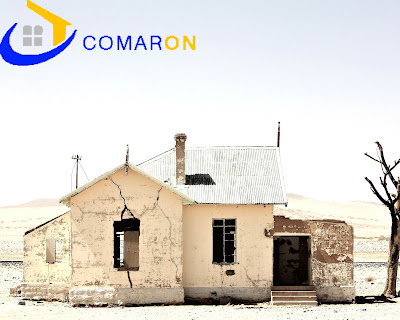 |
| Buy TMT online |
Thermo-Mechanically Treated (TMT) steel, often known as high-strength reinforcing steel, has a hard exterior and soft inner core. In the manufacturing process, steel wires are first run through a rolling mill stand. TMT steel is one of the most important materials used in building construction. Purchasing TMT saria online can be a difficult task if you are not aware of the buying guidelines. But not anymore. Comaron is here to help you to get the best TMT steel in both ways buying online or offline.
Why it's crucial to keep the guidelines in mind while purchasing TMT steel online?
For most people, it is a once-in-a-lifetime chance to build a home. Planning is the first complicated step in the lengthy process of building a home.
Along with the architect, you should have a skilled group of construction workers that have a proven track record of success.
One of the most important building materials is TMT Bar. TMT steel is now accessible online. You can find the things to think about while buying TMT steel online right here in this blog.
Factors to keep in Mind While Buying TMT Steel Online
Selection of Brands
The most important and difficult duty is to Buy TMT steel online. When purchasing steel online, you may think about going with the greatest brand that has access to all the mentioned areas. Therefore, you need not be concerned about quality if you get TMT steel from the top brand.
The TMT Bars Grade
TMT steel comes in a range of grades, from Fe 415 to Fe 600. The elongation depends on the TMT Bar's grade.
Fe 415 grade TMT bar, for example, has lesser strength and better flexibility due to its lower TMT steel content. TMT steel that has less flexibility and more strength, such as Fe 600 grade TMT bar, has greater flexibility and greater strength.
Fe 500D is the best grade of TMT Bar to use for all sorts of building requirements because of its superb strength and flexibility combination. Fe 500D TMT steel has a 560min N/mm2 proof stress, which is unique among TMT steel grades and protects your property during an earthquake.
High Ductility TMT Bar
The ideal choice for all construction applications is Highly Ductile TMT Bars. It could be useful for any building because it bends easily and without getting tired. High elasticity also makes it simple to move from one place to another.
Conclusion
TMT steel, sometimes referred to as Thermo-Mechanically Treated steel, is a high-strength reinforcing steel having a hard outer core and a soft inner core. The outer layer of the steel bar is toughened by quick quenching and abrupt temperature fluctuations, making it strong and long-lasting. TMT bar, cement, sand, and bricks are the most widely used building materials. All types of construction require high-quality TMT steel. India is in a high seismic zone, where earthquakes are frequent and powerful.
It's crucial to select a TMT Bar with the right strength and flexibility. TMT steel of the highest caliber may be bent up to 90 degrees without losing its properties. The best grade of TMT Bar for all building purposes is Fe 500D.
.jpg)
.jpg)

.jpg)
.jpg)

.jpg)



.jpg)
.jpg)